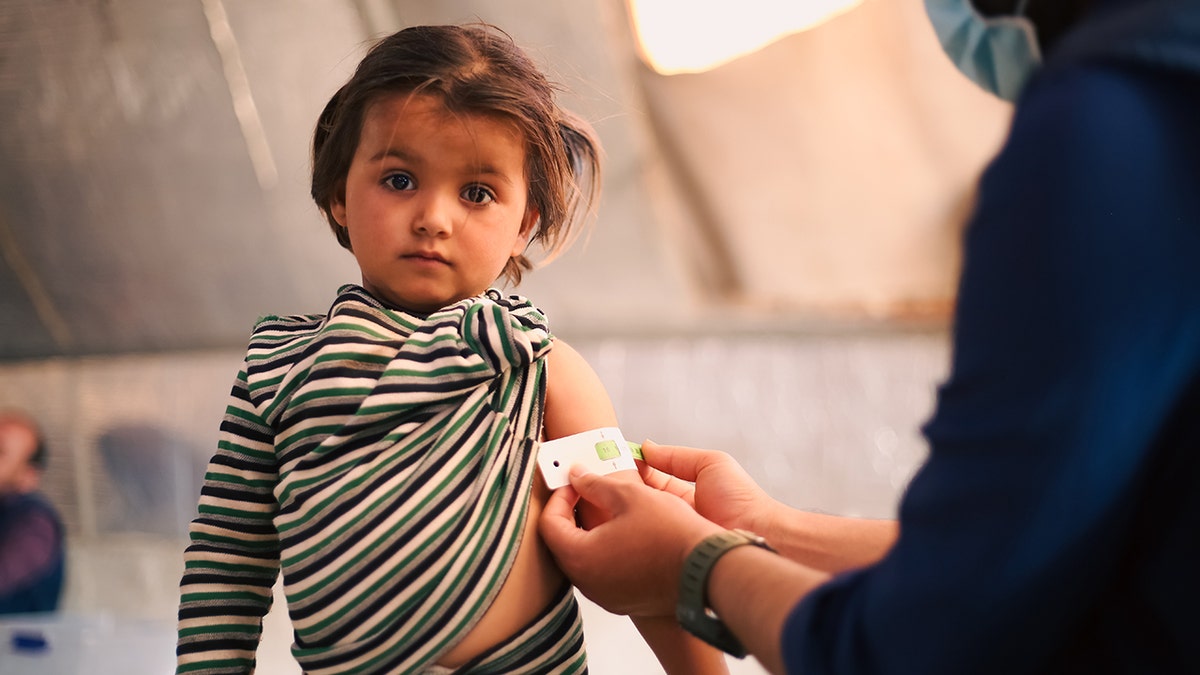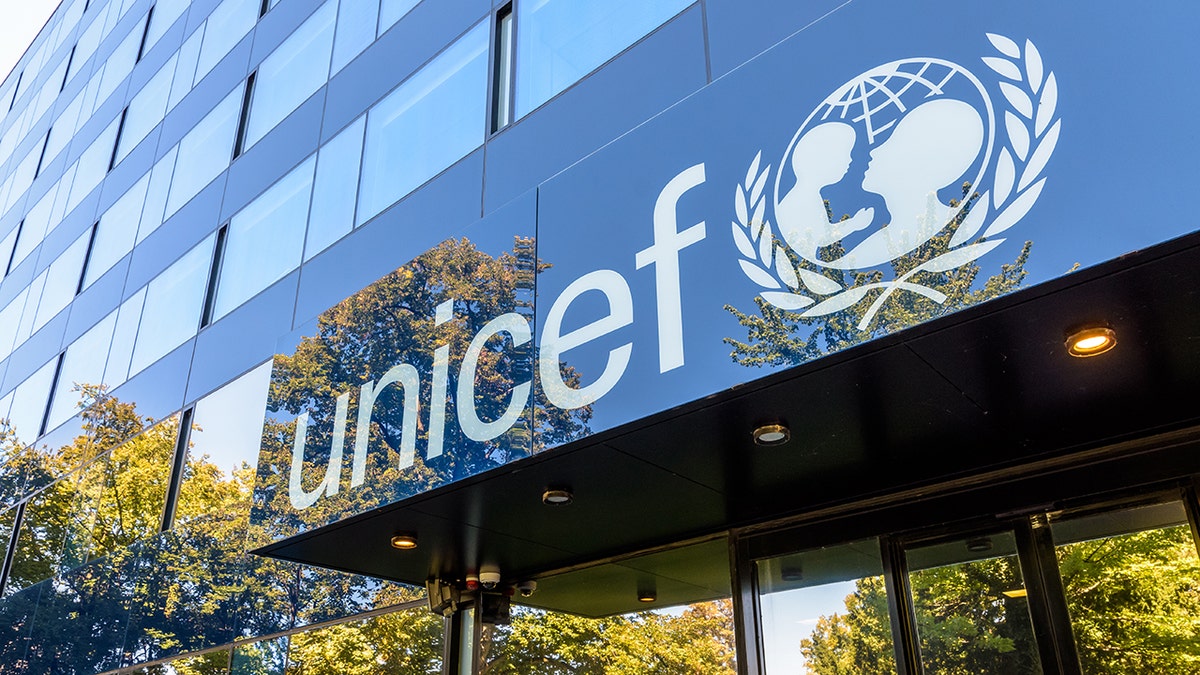

For the first time in history, more children are obese than underweight, a shift UNICEF says is putting millions of kids at risk of life-threatening disease.
The UN agency’s analysis, which covered data from more than 190 countries between 2000 and 2022 and projections since, found that one in 10 school-aged kids — about 188 million worldwide — are obese under World Health Organization (WHO) standards.
Meanwhile, one in five children under 19 years old globally – or 391 million – are overweight. Kids are considered overweight if they carry excess weight for their age, sex and height, while obesity is a more severe form that greatly increases the risk of serious health problems later in life.
CUTTING OUT ONE FOOD TYPE COULD NEARLY DOUBLE WEIGHT LOSS, NEW STUDY SUGGESTS
Between 2000 and 2022, global obesity rates among those aged five to 19 more than tripled, jumping from 3% to 9.4%. During the same period, the prevalence of underweight children fell from nearly 13% to 9.2%.

One in 10 children globally are living with obesity, putting them at risk of life-threatening diseases. (iStock)
"When we talk about malnutrition, we are no longer just talking about underweight children," UNICEF executive director Catherine Russell said in a press release.
"Ultra-processed food is increasingly replacing fruits, vegetables and protein at a time when nutrition plays a critical role in children’s growth, cognitive development and mental health," she warned.
MAJORITY OF AMERICANS GET MORE THAN HALF OF CALORIES FROM ULTRA-PROCESSED FOODS, CDC FINDS
While undernutrition is still a significant problem, obesity is now more common almost everywhere except South Asia and sub-Saharan Africa.
The report highlights obesity hotspots and found that levels have doubled since the 2000s, especially in low- and middle-income countries, even as they still struggle with undernutrition, too. In small Pacific Island nations like Niue and the Cook Islands, nearly 40% of young people are obese.

Children still face malnutrition in the form of being both underweight and overweight, according to UNICEF. (iStock)
Meanwhile, in wealthier countries, where ultra-processed foods make up more than half of adolescents’ calories, high levels of obesity persist. Twenty-seven percent of five-to-19-year-olds in Chile are living with obesity, while rates in the U.S. and the United Arab Emirates stand at 21%.
DIABETES STUDY REVEALS DIAGNOSIS GAP AFFECTING MILLIONS OF PEOPLE
In wealthier nations such as the U.S., doctors are increasingly backing the use of new weight-loss drugs in teenagers as a tool to combat the crisis.
"Obesity is not a failure of parents or children. It’s the result of toxic food environments," author, professor and UNICEF backer Chris Van Tulleken told Reuters.
Obesity leads to a higher risk of developing insulin resistance and high blood pressure, as well as life-threatening diseases later in life, including Type 2 diabetes, cardiovascular disease, and certain cancers, according to the report.

Obesity has now surpassed underweight as the most common form of malnutrition among young kids, UNICEF warns. (iStock)
In addition to ultra-processed foods, especially those high in salt, sugar and fat, experts also blame the aggressive marketing of junk food.
A survey of 64,000 young people conducted by the agency in 170 countries revealed that 75% had seen ads for sugary drinks, snacks or fast food in the prior week. Even in conflict zones, 68% reported being exposed to this kind of advertising. Sixty-five percent of respondents in low-income countries were exposed to them, too, including at school, on social media, at sporting events and in cartoons.
U.S. Health and Human Services Secretary Robert F. Kennedy, Jr. this week unveiled the "Make America Healthy Again" (MAHA) report on childhood health, which warns that ultra-processed foods, sedentary behavior and a host of environmental and dietary factors are fueling rising obesity and chronic disease in American children.
It said the administration would explore the development of potential industry guidelines to limit direct advertising of unhealthy foods to children.

UNICEF is urging governments to take swift action on unhealthy food environments. (iStock)
UNICEF is urging governments worldwide to urgently impose restrictions on junk food marketing and ban unhealthy products in schools.
In Mexico, where childhood and adolescent obesity is common and sugary drinks and ultra-processed foods account for 40% of kids' daily calories, the government recently banned the sale and distribution of ultra-processed foods and items high in salt, sugar and fat in public schools, UNICEF noted.
The agency warned that without swift action, the trend threatens to fuel a surge in diabetes, heart disease and other serious health problems among the next generation.
